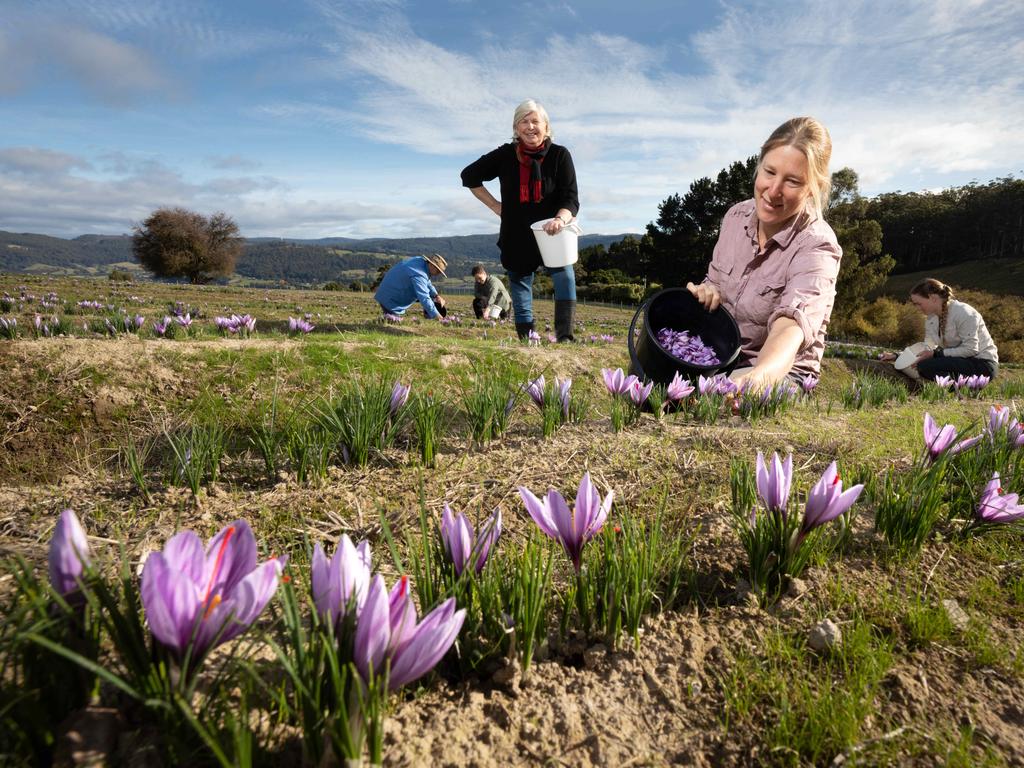Rain leads to 25pc surge in crop planting
After years of drought, grain farmers have rushed to put in crops with a 25 per cent increase over last season.

After years of drought solid autumn rains have seen grain farmers rush to put in crops with a 25 per cent increase over last season, according to a report released on Wednesday.
Rabobank says the upturn will be concentrated in the eastern states, with the area planted in NSW forecast to nearly double, while that in Queensland is expected to increase by 44 per cent.
But while big rises are expected in most grain crops with prospects of a 70 per cent surge in export volumes, the decision by China to impose an 80 per cent tariff on Australian barley imports is dampening some farmers’ enthusiasm for that grain.
“After prolonged drought conditions, which have delivered three years of decline in Australia’s grain production Rabobank forecasts the nation’s crop planting to be up on last season to 22.5 million hectares, 12 per cent above the five-year average,” the report says.

The Bureau of Meteorology has forecast above-average rainfall for all Australian cropping regions during the growing months of June to August.
Rabobank said these increased hectares planted are expected to combine with at least average yields to deliver an average to above-average grain crop.
Wheat planting is expected to be up by 33 per cent on last season, with canola increasing 35 per cent and the area planted to pulses rising by 36 per cent.
Barley has seen a one per cent decline in planting, Rabobank reports, saying it came off the back of a pessimistic price outlook.
Rabobank said the promising picture for crops followed years of drought and the severe disruptions of summer bushfires and COVID-19 in the first half of 2020.
“While it’s still around six months until the grain is in the bin, all the hallmarks of an above-average season are now falling into place,” Rabobank analyst Cheryl Kalisch Gordon said.
“2020 finally saw a strong opening to the east coast winter crop planting season, with good rains and fast planting progress.”
While the renewed supply of Australian grain would see prices move down from the drought-driven highs of recent years, the Rabobank report says average prices are expected to “remain in sight”.
Export volumes — though remaining challenged by competitive global supplies along with the Chinese barley tariffs — would likely increase by as much as 70 per cent on last year, Rabobank said.








To join the conversation, please log in. Don't have an account? Register
Join the conversation, you are commenting as Logout